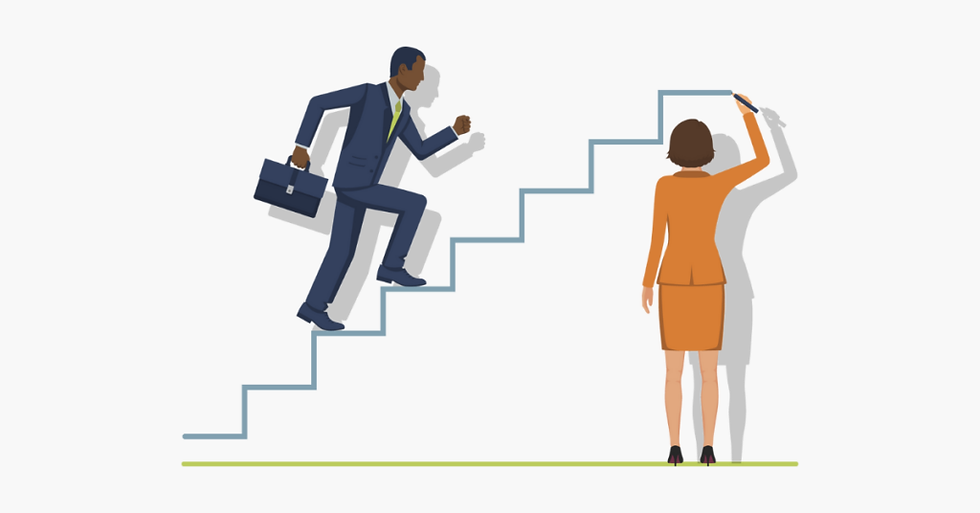A Long Hello: Your Strategy for Launching a Giving Day
- Kyle Halmrast

- Mar 7, 2018
- 3 min read
Do you remember watching the returns from Seattle Foundation’s inaugural GiveBIG roll across Twitter like it was Election Day (Or Christmas)? I do. GiveBIG and Giving Day has become an anchor fundraising strategy for organizations big and small over the past seven years. For all the good GiveBIG has done (raising over $92 million and spurring nonprofits to develop online and social media fundraising strategies), change is healthy.
Here’s the good news. Giving days—events that generate awareness, find new donors, and raise money—have long been a part of Northwest fundraising (if you don’t believe me, check out this footage from the 1985 Seattle Children’s Hospital Telethon). And giving days will outlive GiveBIG – Seattle University just raised over $200,000 during their Seattle U Gives two-day event!
And more good news. These standalone giving days are not only for large institutions. As my colleague Ariel Glassman and I shared with the group of more than 100 people gathered for our recent workshop “Fundraising in a Post-GiveBIG World,” you can plan your own giving day to engage new and longtime supporters.
Like other events in your fundraising mix, it can take up to a year to plan and execute a giving day. Even if 2018 feels like a long goodbye to GiveBIG, plan ahead with a long hello to your new giving day event with this year-long roadmap.
Convene a Giving Day Focus Group. Gather together some of your best GiveBIG supporters and other donors to ask them what they liked best and least about GiveBIG. Use this feedback to shape your new giving day event.
Choose a Date. You can select an established giving day like #GivingTuesday or a mission-aligned date. For example, an HIV prevention organization could select World AIDS Day. You can also consider your current fundraising cash flow (maybe the bulk of your fundraising currently happens in the spring, so you choose a fall date). When you select the length of your event (12 hours, 24 hours, or two days), consider the resources and staff/volunteer time you can devote.
Set Your Goal. A financial goal that you publicly highlight before, during, and after the giving day helps create urgency (even if you have a higher internal goal). It also helps donors to scale their gifts according to the goal. For especially ambitious goals, identify donors in advance who can give challenge gifts throughout the day to build momentum. This will help make your goal more achievable.
Develop a Plan. Include your giving day strategy as part of your annual development plan or create a short, separate overview of your giving day strategy. The plan should detail how everyone in the organization can support the event.
Build your team: A giving day is a perfect way to involve everyone in fundraising. Communicate your giving day plans early and often to your board, program staff, and volunteers. The more people you enlist in spreading the word, the greater the likelihood is you will reach new donors. Consider creating a giving day committee and giving day ambassador kit to empower even more people to share ownership.
Tell Your Story. Like all good fundraising communication, your giving day messages should convey the difference a donor’s gift today will make in your programs. Share the urgency for raising this amount now and why donor support is critical. Lead with the purpose for the funds, whether you are raising money for something specific (like $50,000 to purchase a new van for your programs) or for general funding.
Celebrate. Your work doesn’t end when the giving day is over. In the weeks and months following your day, celebrate what donors have helped you to accomplish. Incorporate creative strategies like personal video thank-you messages or Board phone calls. Your goal is to make sure each giving day donor knows they are appreciated.
Follow Up. Pay special attention to new donors and make them feel welcome so their support extends far beyond a one-time gift. Consider creating a welcome email for new donors that orients them to other ways they can get involved and support your organization.
Interested in going deeper? Check out Ariel Glassman’s presentation about Making the Most of GiveBIG. Many of her detailed GiveBIG strategies are relevant to standalone giving days, too!



